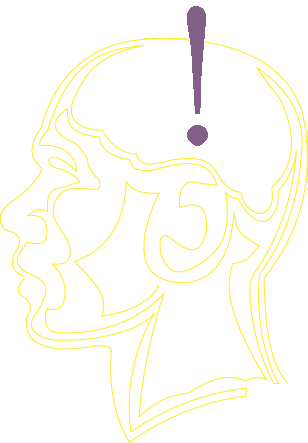

2010 2011 2012 2013 2014 2015 2016 2017 2018 2019 2020
Author(s): Kimberly Stucker
Presentation: poster
Published research has demonstrated that triclosan, a common anti-microbial agent, exhibits anti-estrogenic activity in MCF7 cells by competitively binding to 17-β estradiol receptors and counteracting estrogen induced cell proliferation. To examine triclosan’s anti-estrogenic effects, specifically on bone, we adopted an estrogen (E2) and vitamin D3 (D3) model described by Rao et al. In this model, oestoblast-like SaOS-02 cells exhibited an increase in alkaline phosphatase (ALP) activity and proliferation when they were treated with 10nM estrogen in conjunction with 10nM dexamethosone (DEX) and D3. Based on this model, we hypothesized that D3, E2 and DEX induced ALP activity and cell proliferation in SaOS-2 cells would be counteracted in the presence triclosan. We used MTT assays to measure cell viability and proliferation, and ALP assays to measure ALP activity in treated SaOS-2 cells after 1 and 5 day mineralizations prior to assays. After statistical analyses of gathered data, no significant difference was found between controls and treatments, or between treatments in either the 1 or 5 day mineralization experiments. As a result, we cannot say that TCS exhibits anti-estrogenic activity in SaOS-2 osteoblast cells in the employed model.
The College of Idaho 2112 Cleveland Blvd Caldwell, ID 8360 USA 208-459-5011 800-2C-IDAHO